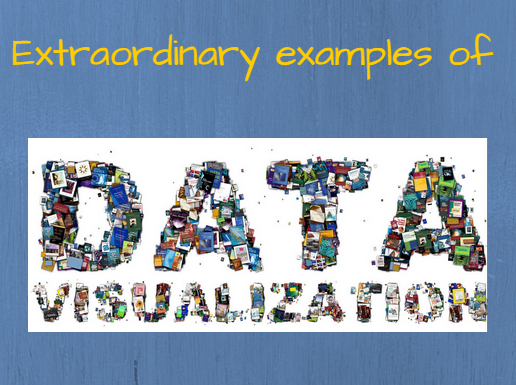Tag: visual design

Visual Design: 9 Things You Didn’t Know About
A creative mind is like a parachute. It doesn’t work if it is not open. We are always on the lookout for creative ideas for doing standard things. Standard things like annual reports of companies. Enter Warby Parker and its application of visual design content to its most recent annual report. Check out our thoughts on team…
